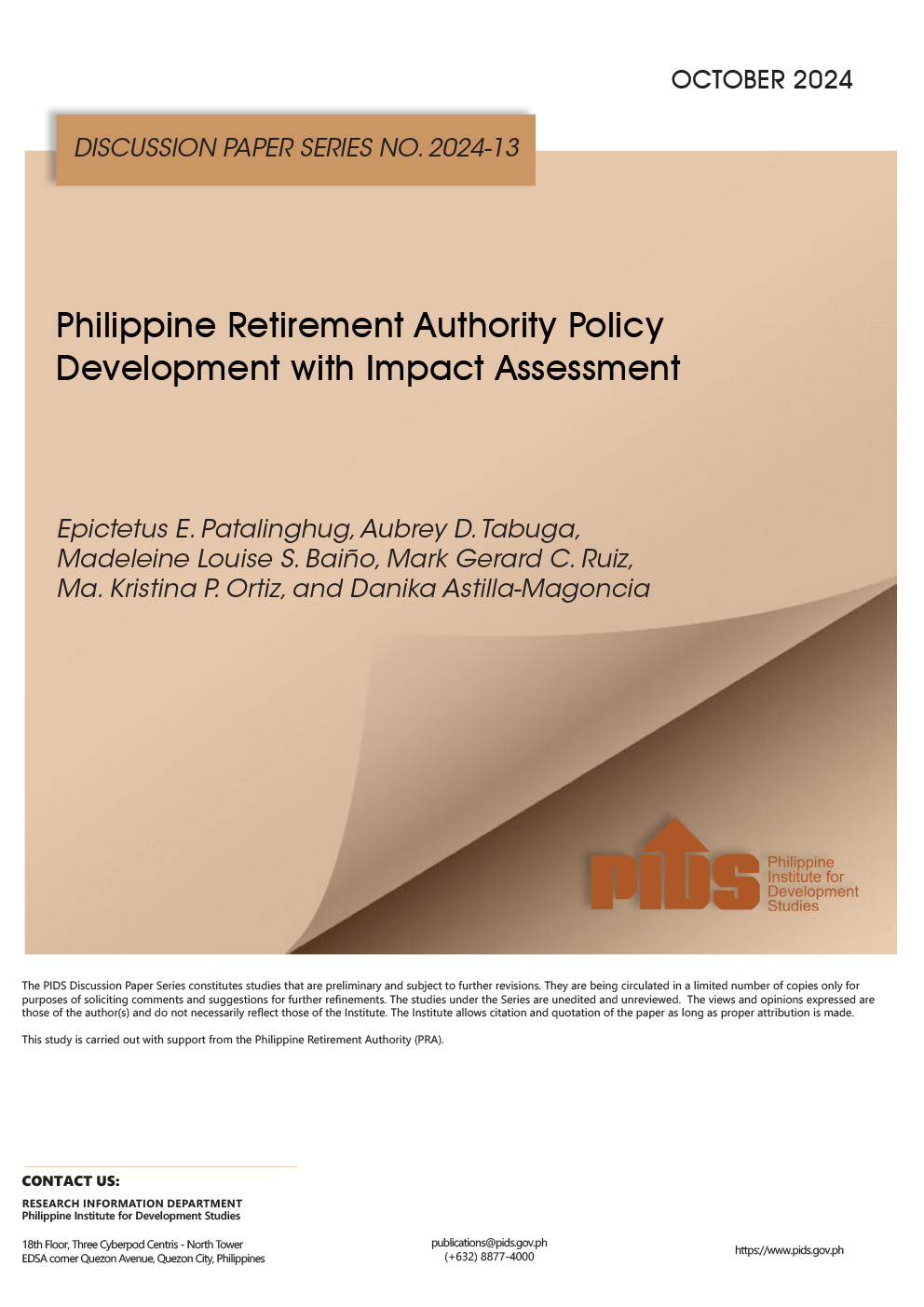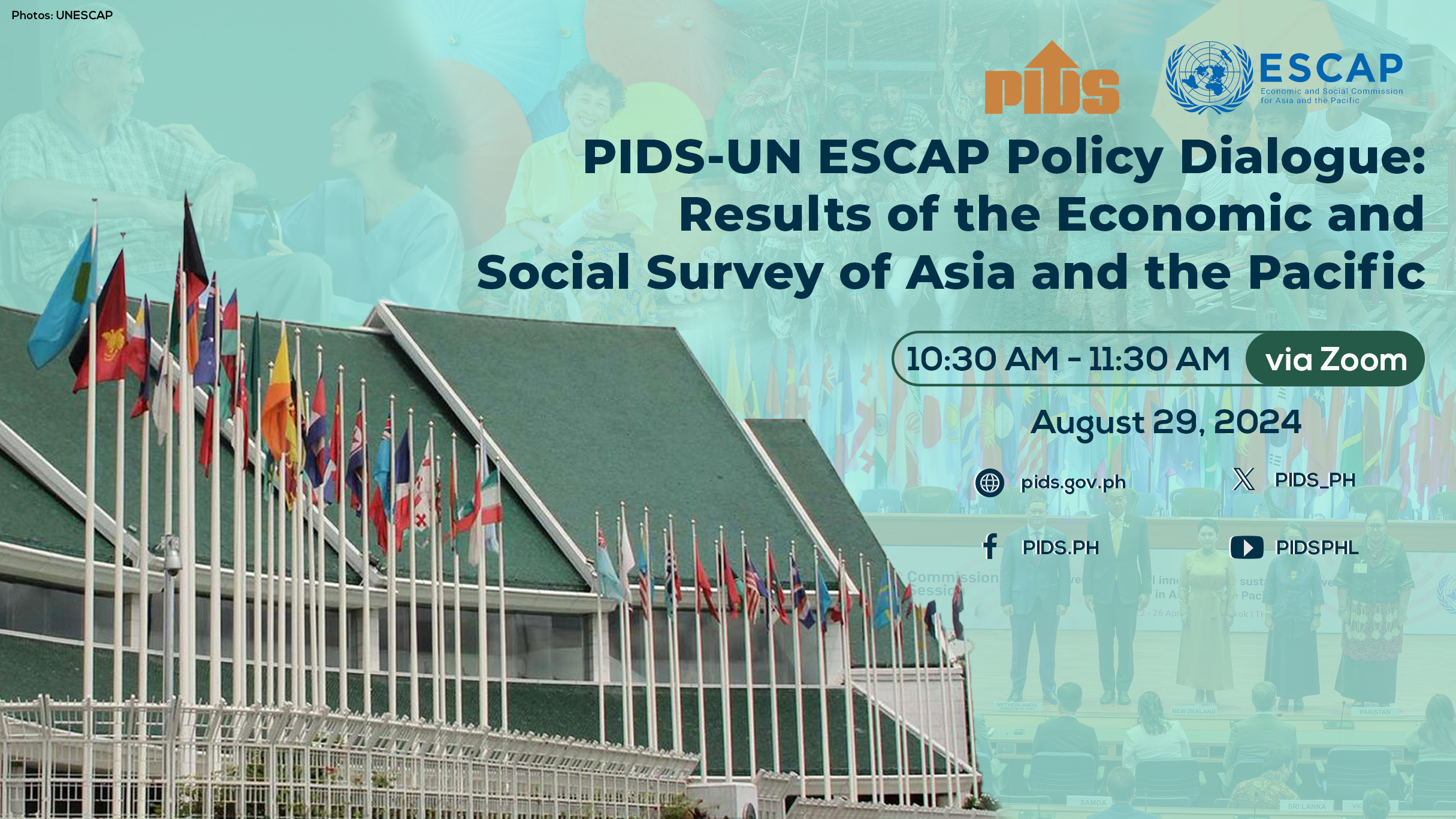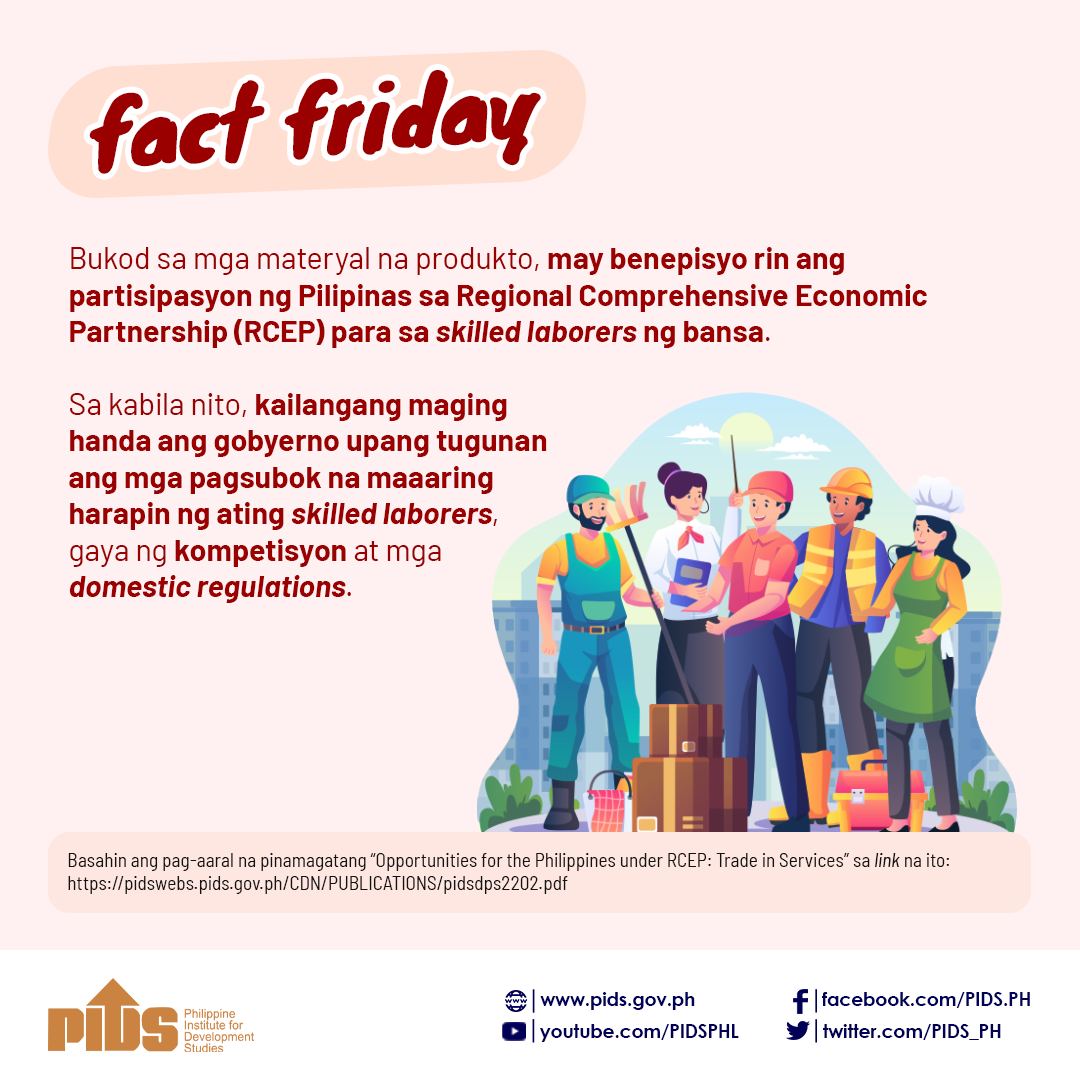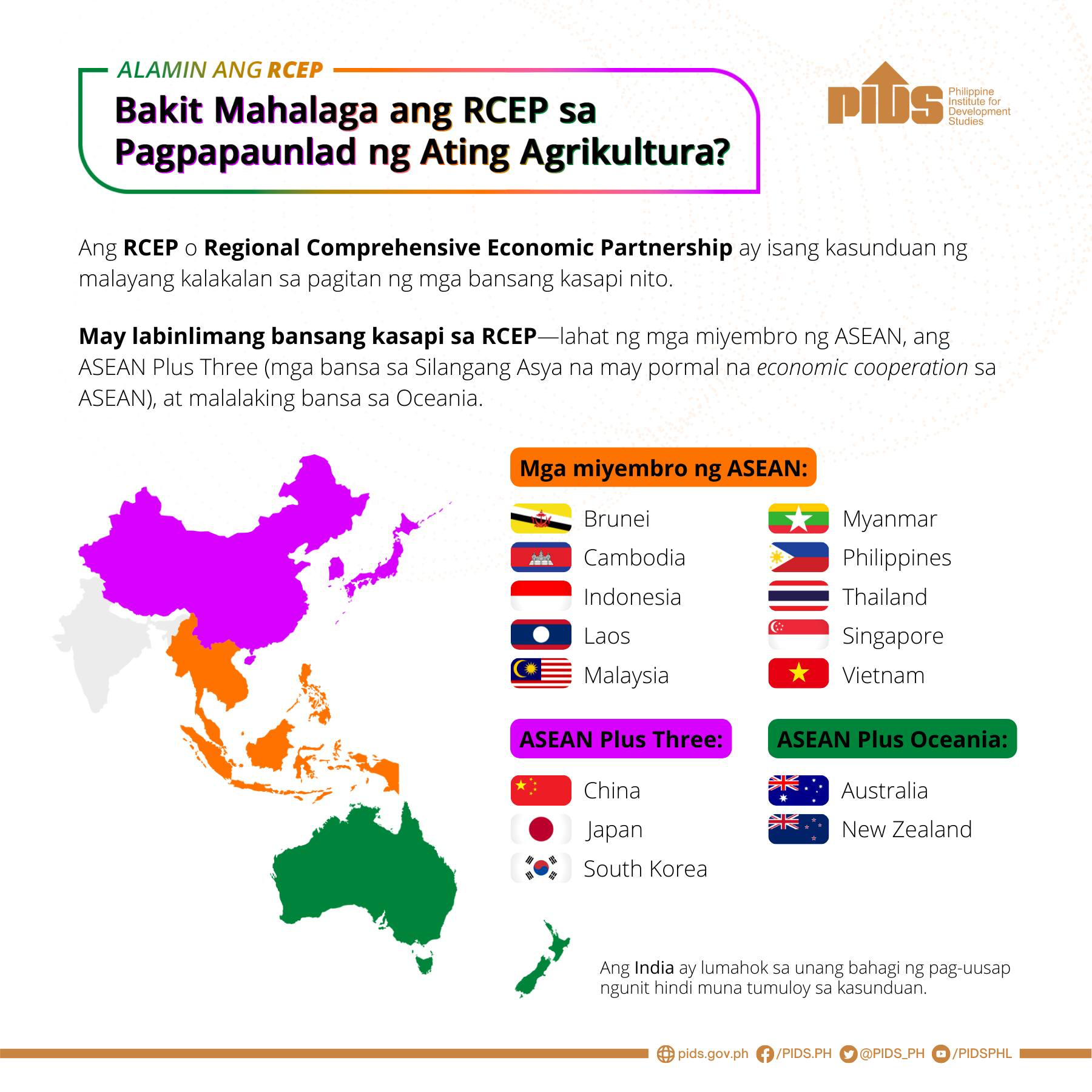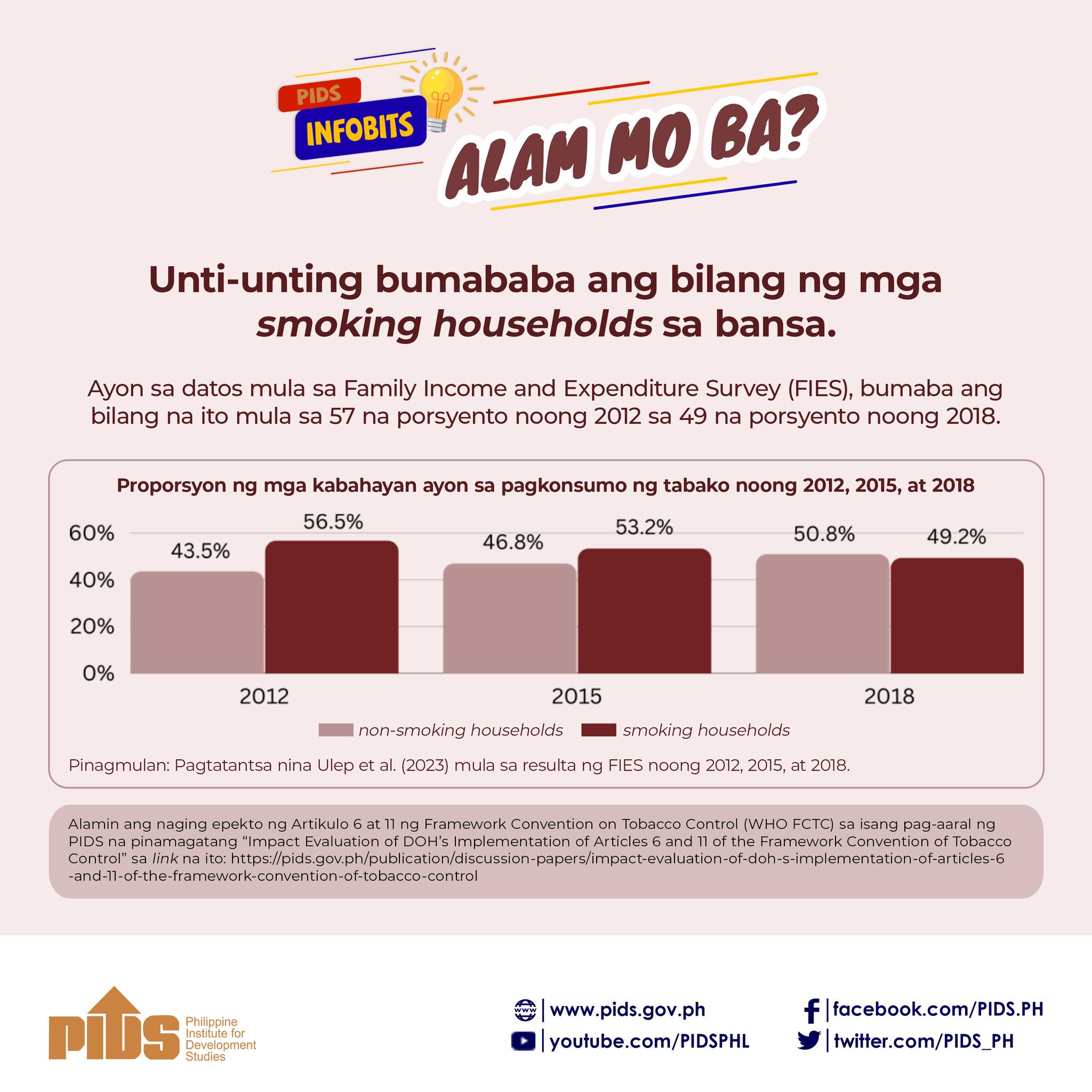OR households and some sectors of the economy stand to benefit from a proposed trade partnership that seeks to deepen economic integration in the region, a study sponsored by a state think tank said.
The proposed Regional Comprehensive Economic Partnership (RCEP) "will be beneficial in the long term, especially to those in the lower income bracket,” the Philippine Institute for Development Studies (PIDS) said in a statement yesterday.
The partnership involves the 10 member economies of the Association of Southeast Asian Nations (ASEAN) and six of their current free trade agreement (FTA) partners. RCEP negotiations are underway toward eliminating tariff and nontariff barriers on goods and services, and facilitating investment flows.
The partnership would help reduce poverty incidence in the country over time and increase the government’s welfare fund at $4.5 billion in 10 years, Dr. Caesar Cororaton, a consultant at the PIDS, said.
The Philippines would also see an increase in the income of poor households, a reduction in commodity process, and increased returns on wages and land rent, he added.
Dr. Cororaton’s study is part of a larger PIDS project focusing on the impacts of FTAs on the country. He applied several models that looked at a 10-year projection, from 2014 to 2023, and simulated how the RCEP would transform the local economy.
The PIDS said the results yielded a projected 90% decrease in applied tariffs in RCEP, a 10% drop in nontariff in the RCEP region, and an increase of $2.4 billion in foreign direct investments (FDIs) in the Philippines.
"Once tariffs are significantly reduced, imports coming in will have varying effects depending on certain factors,” it said. "For example, if the domestically produced goods are more expensive than their imported alternatives, they are more likely to be displaced. But in the long run, interaction effects in the market would enable other sectors to produce more efficiently,” it added.
The PIDS said that the sectors that would grow the most in an RCEP scenario are construction, transport and machinery equipment, and services.
"Construction would benefit from higher FDIs, positively affecting the growth of transport and machinery equipment sectors, and the services sector,” it said.
It singled out rice and textile as the sectors that were likely to benefit the least, "if not elbowed out completely by the influx of cheaper goods. However, the cheaper imports would certainly benefit everyone else.” The study also cited data that showed 22.5% of poor households’ income being spent on rice.
"The flow of cheaper imported rice will not only reduce this percentage of income spent, but it would enable at least 800,000 poor families to climb out of poverty,” it said. "Furthermore, wages will rise, and rent will rise as well, while returns to capital will probably decline.”
The RCEP, which began talks in 2012, aims to be completed in 2015. Its objectives include enabling equitable economic development and cooperation in the region. ASEAN member countries currently have FTAs with Australia, China, India, Japan, South Korea and New Zealand.
The RCEP negotiations also cover protecting intellectual property rights, promoting competition and technical cooperation, and establishing a dispute settlement mechanism. //
Poor households to benefit from proposed regional economic partnership


